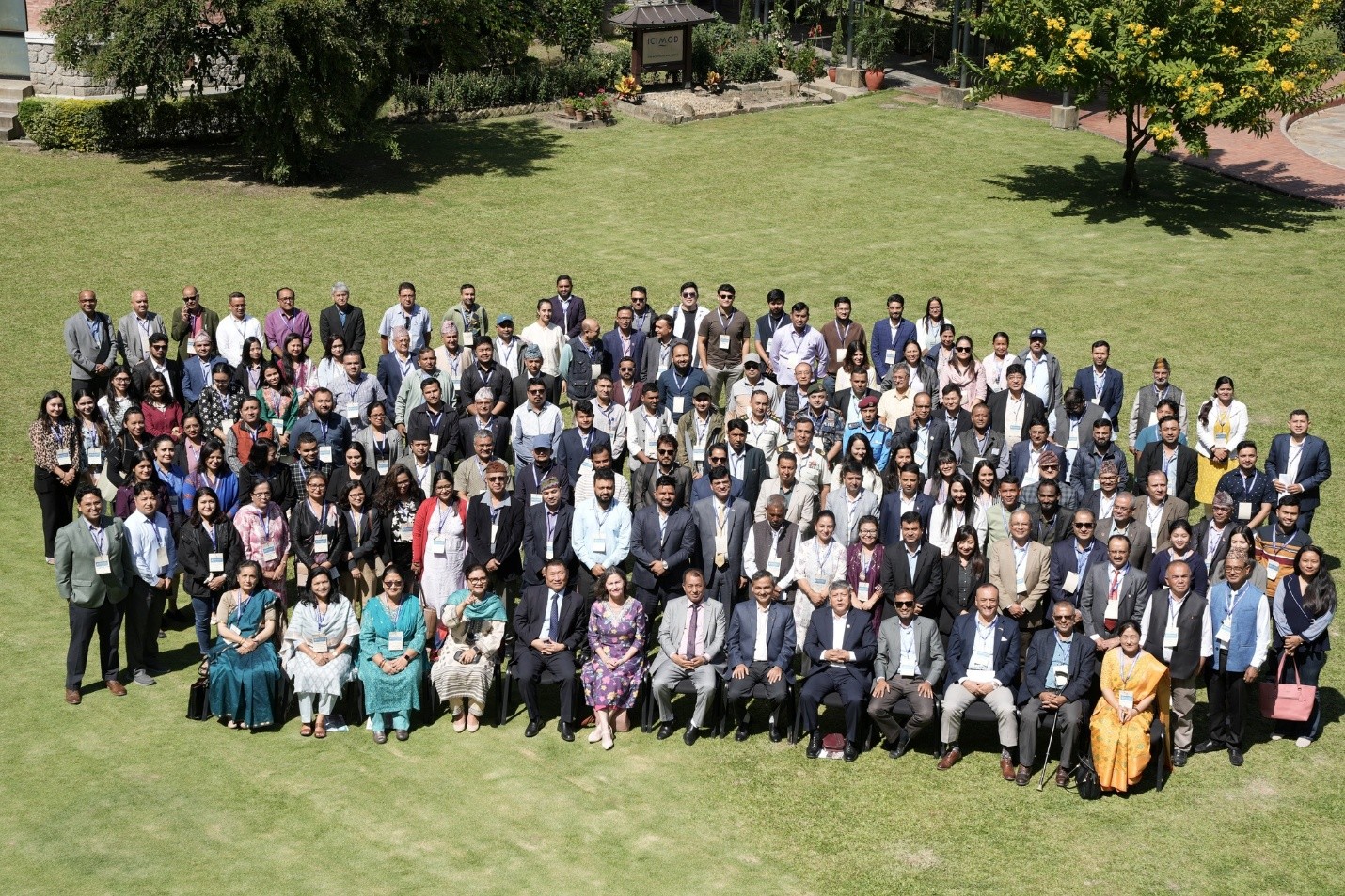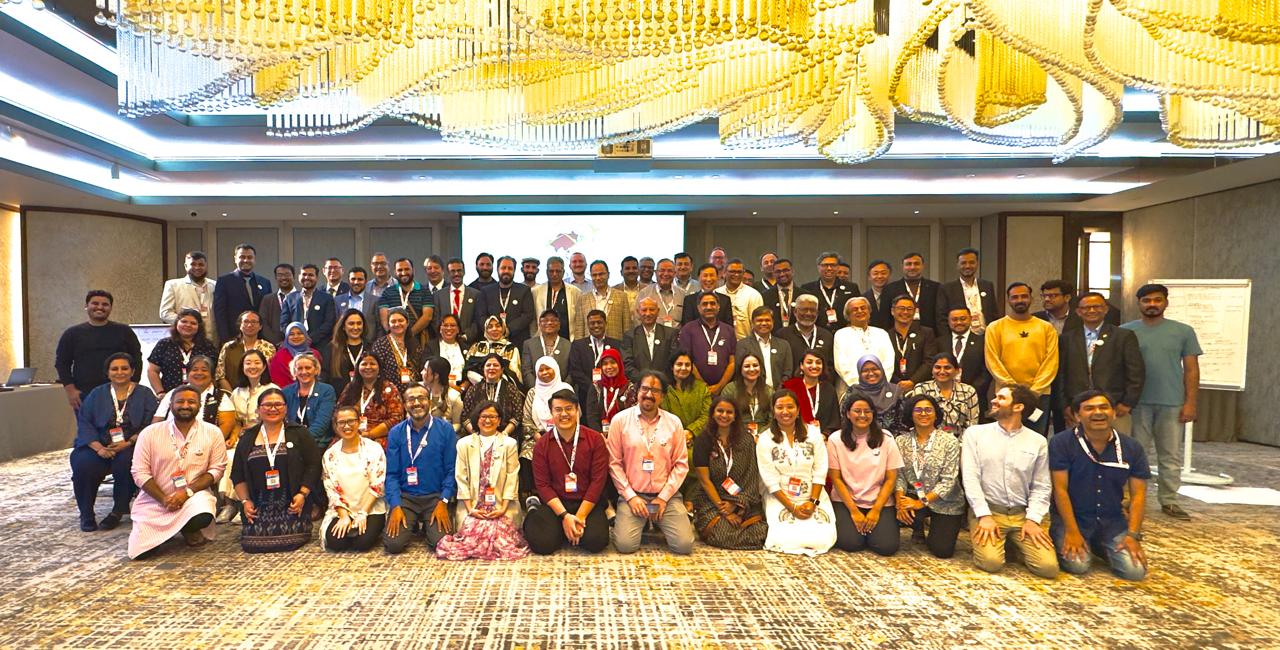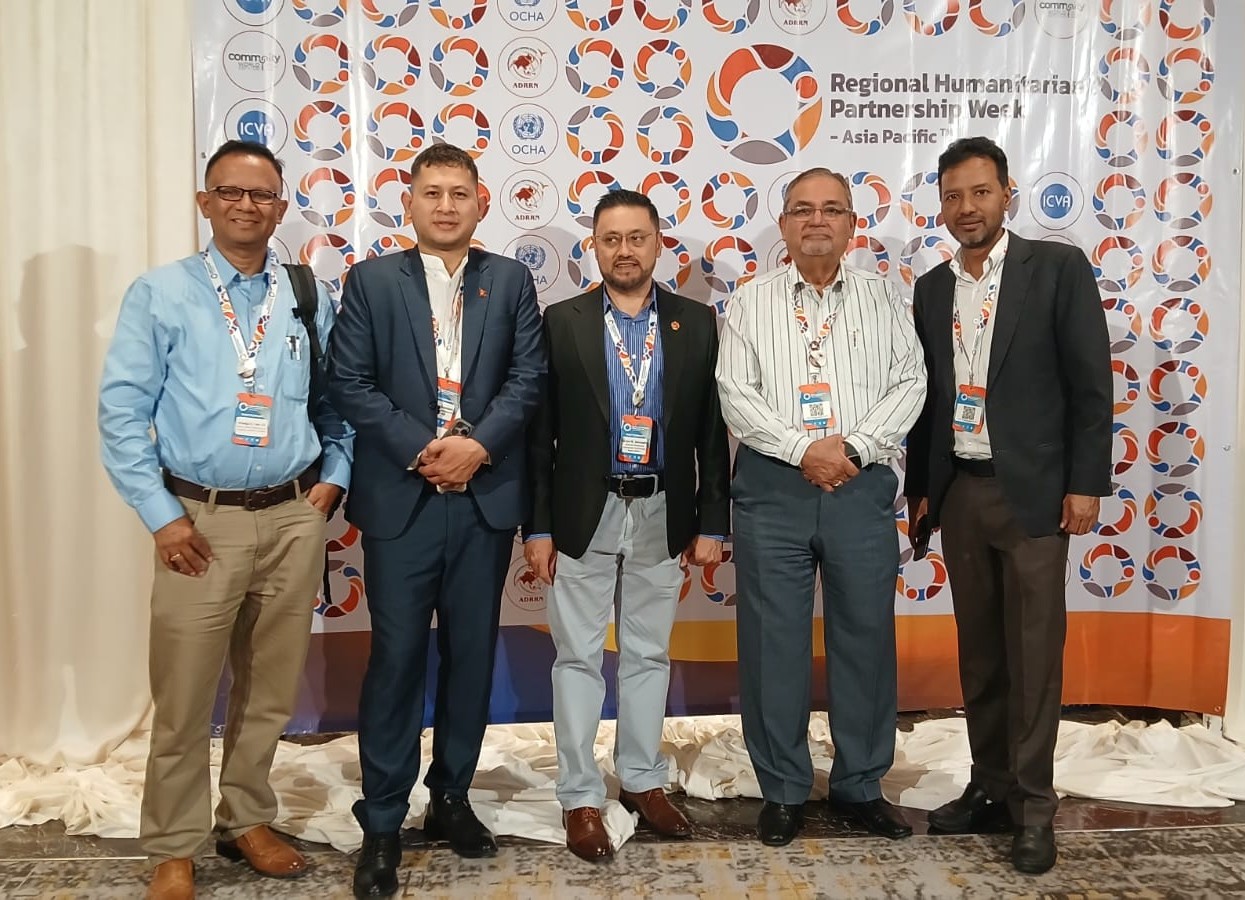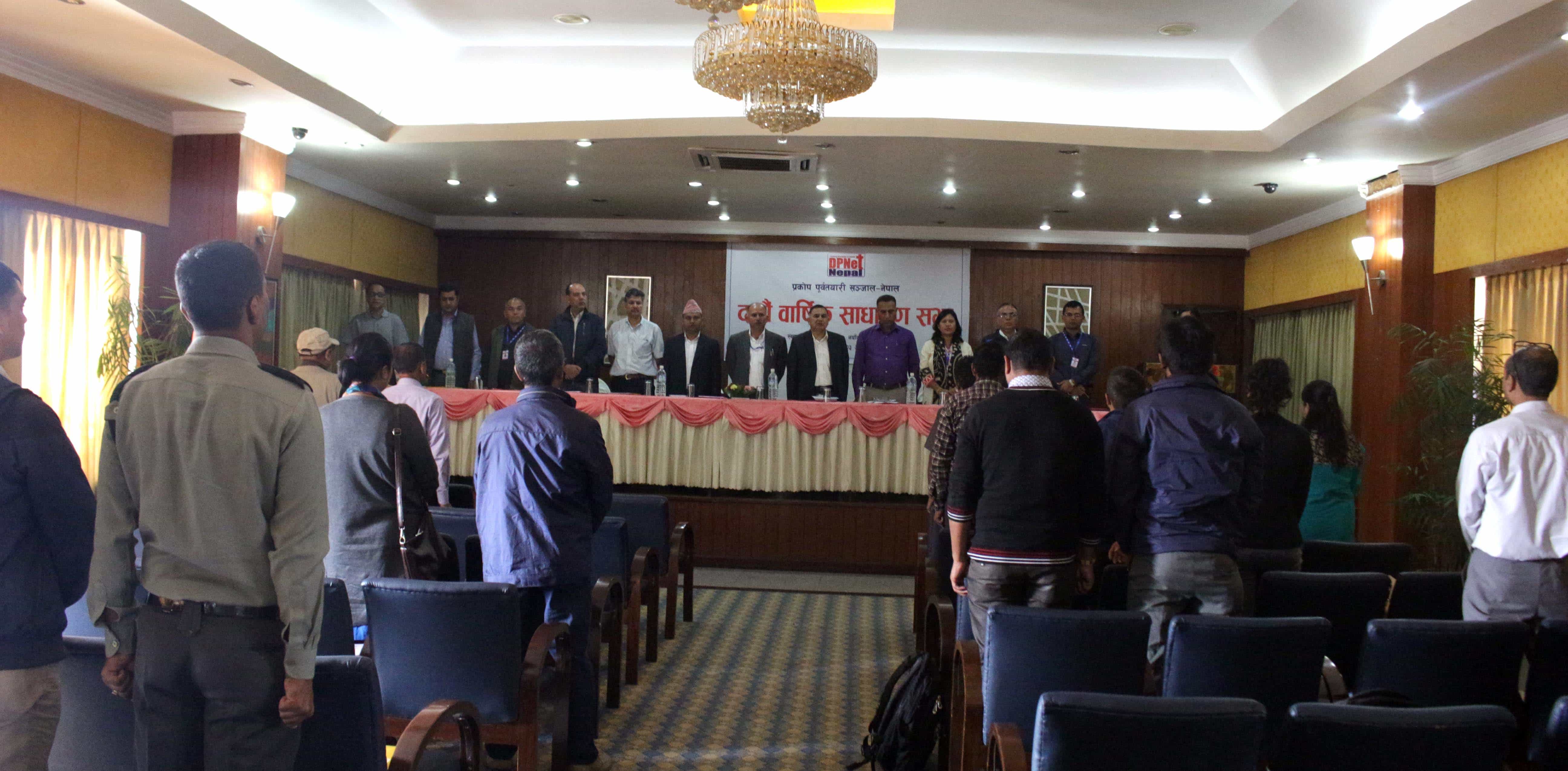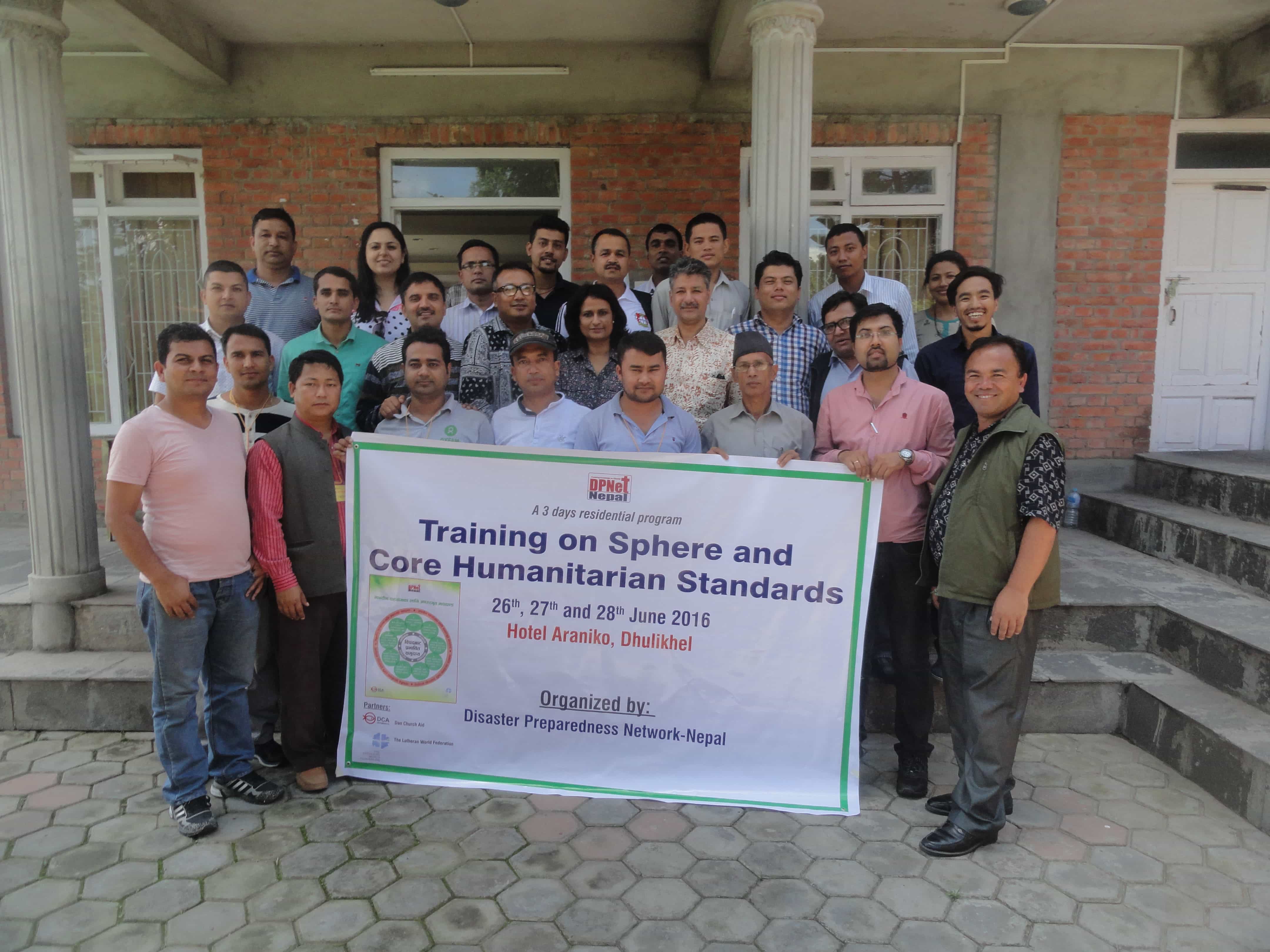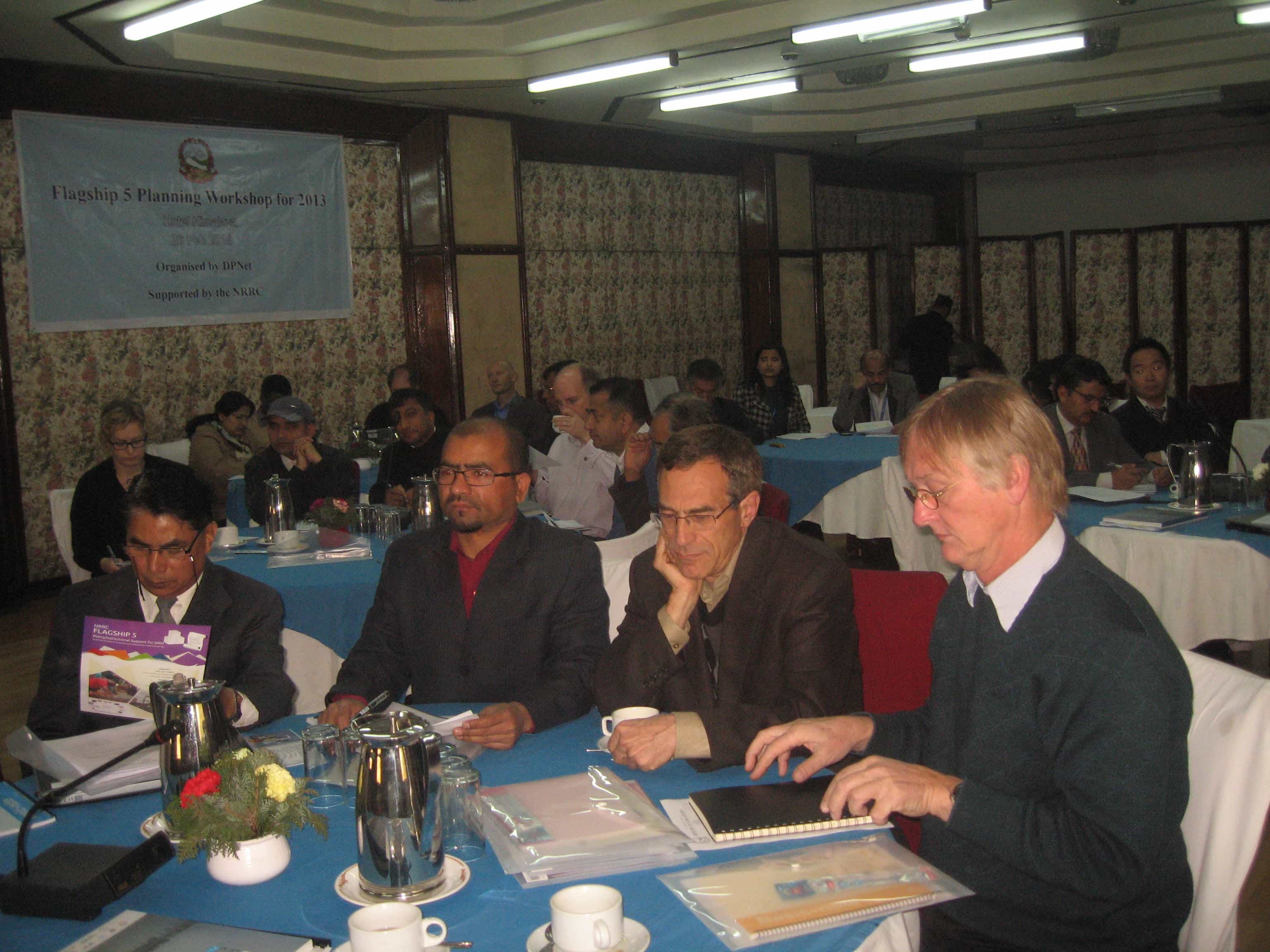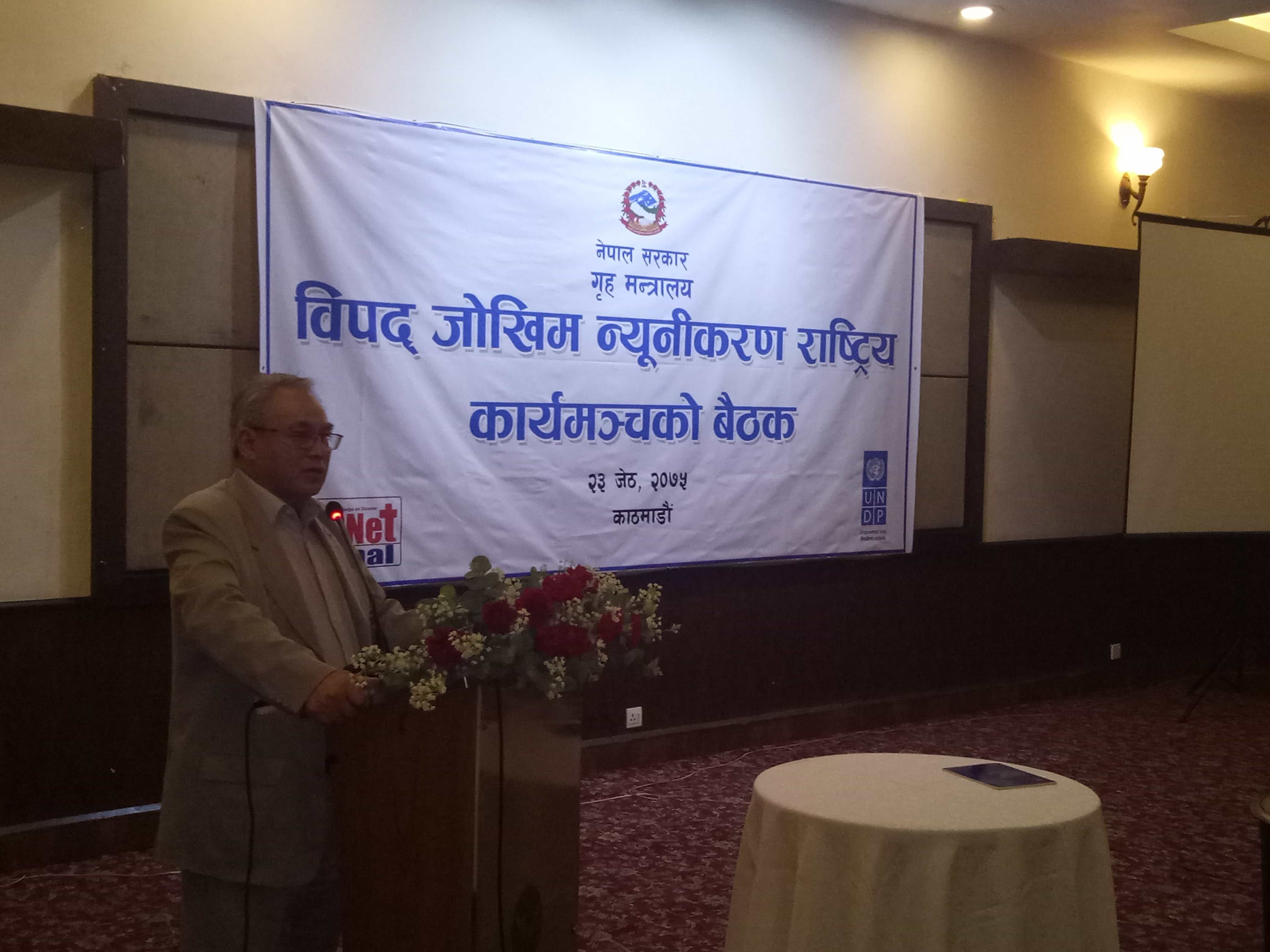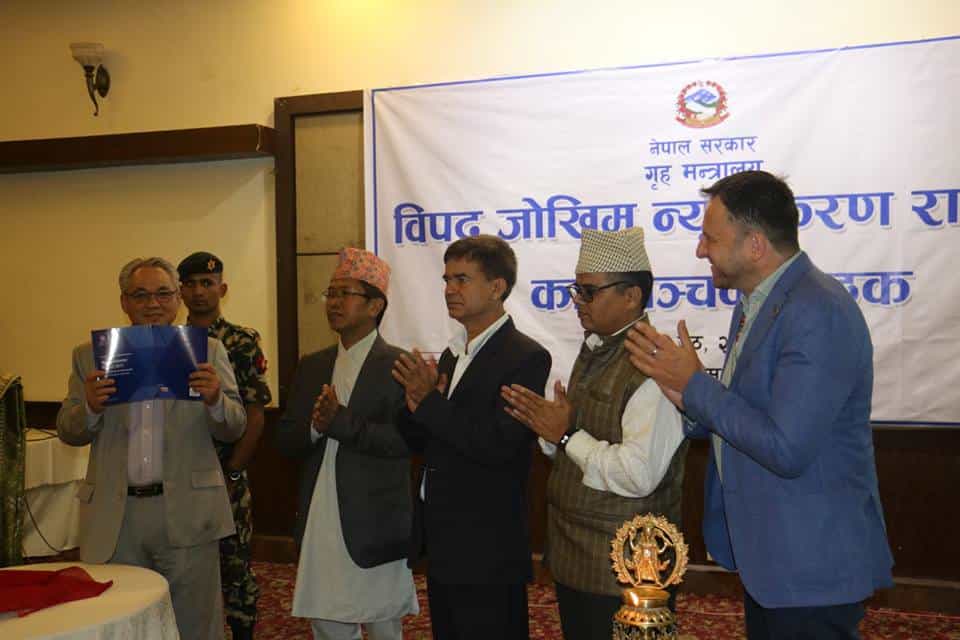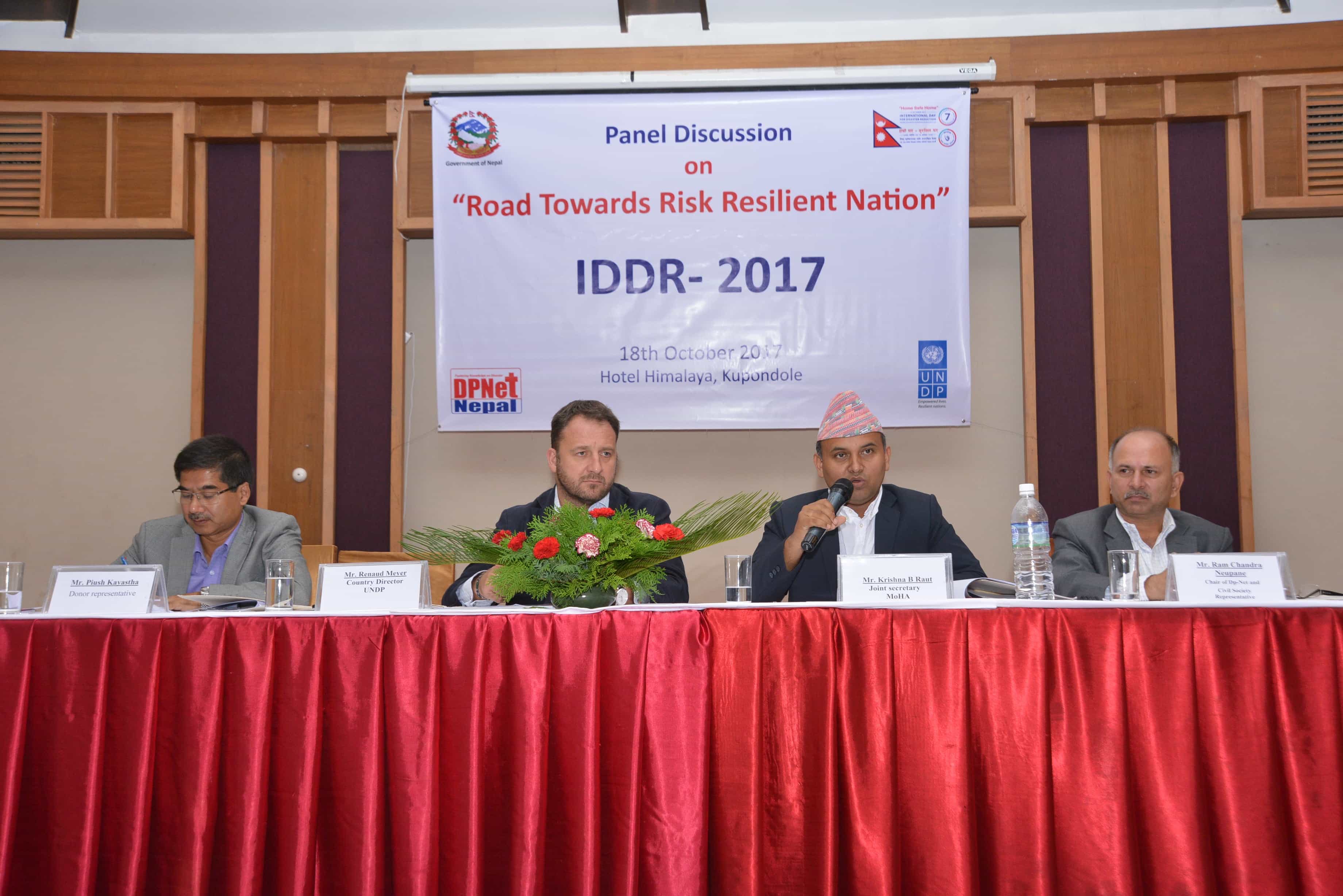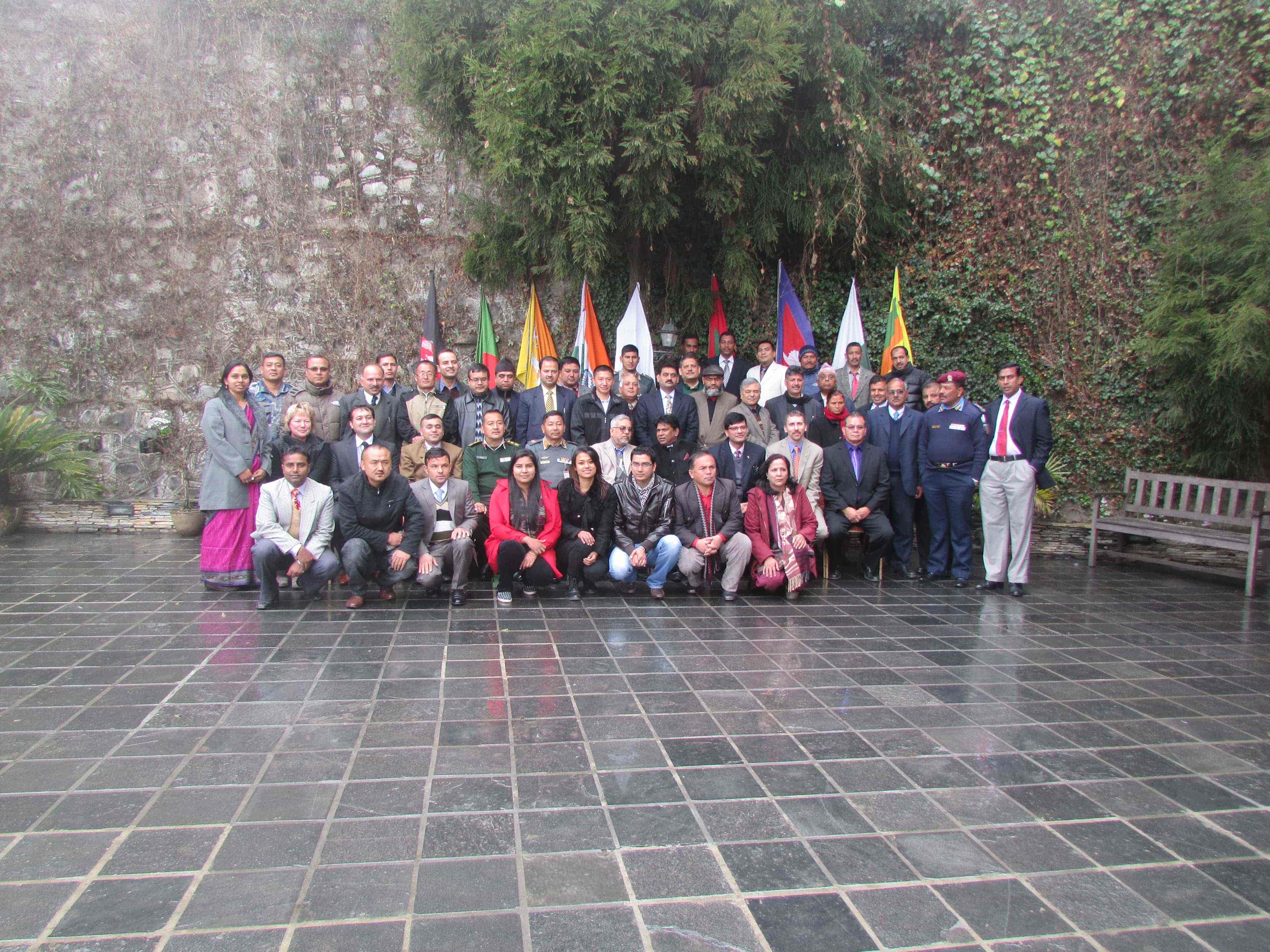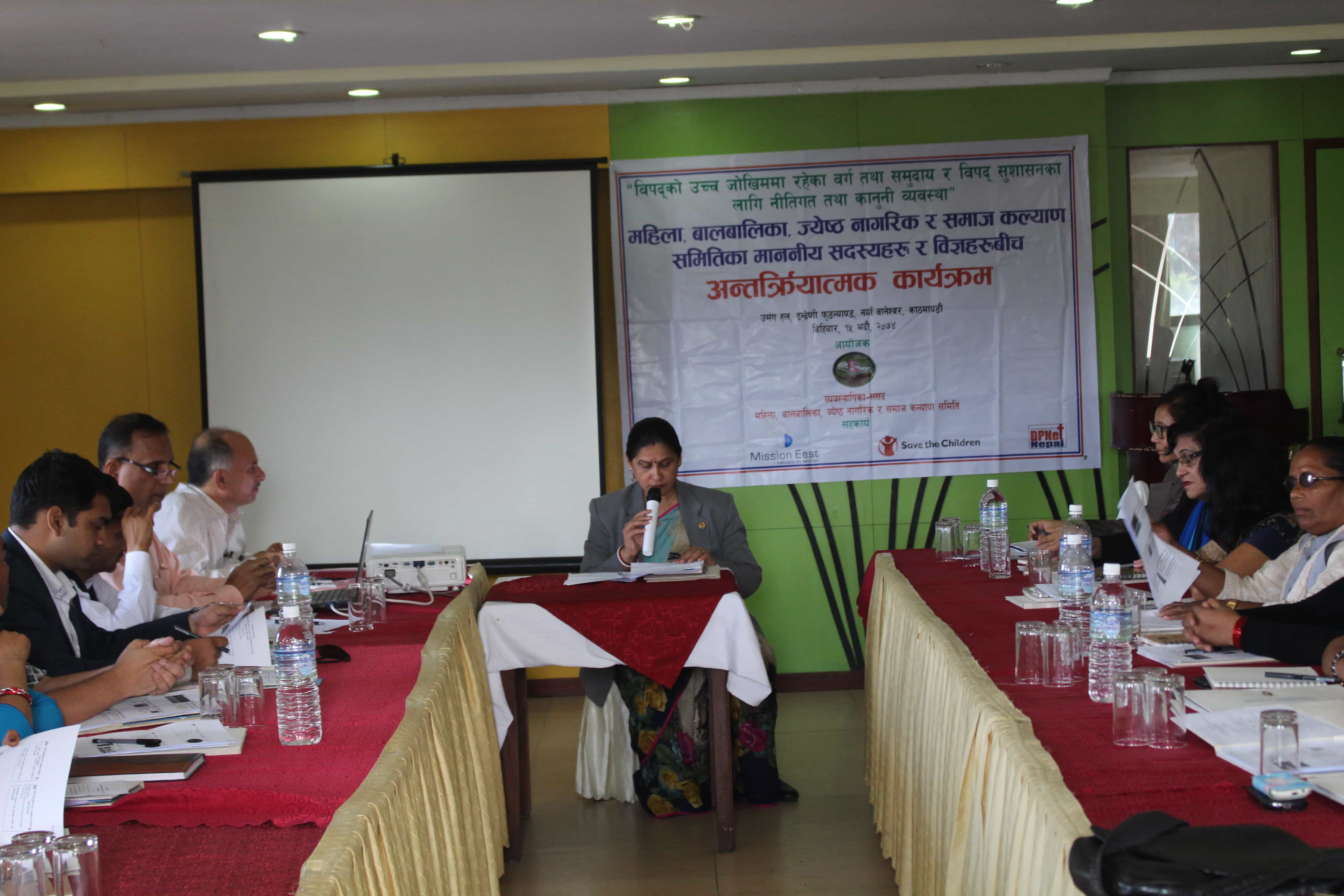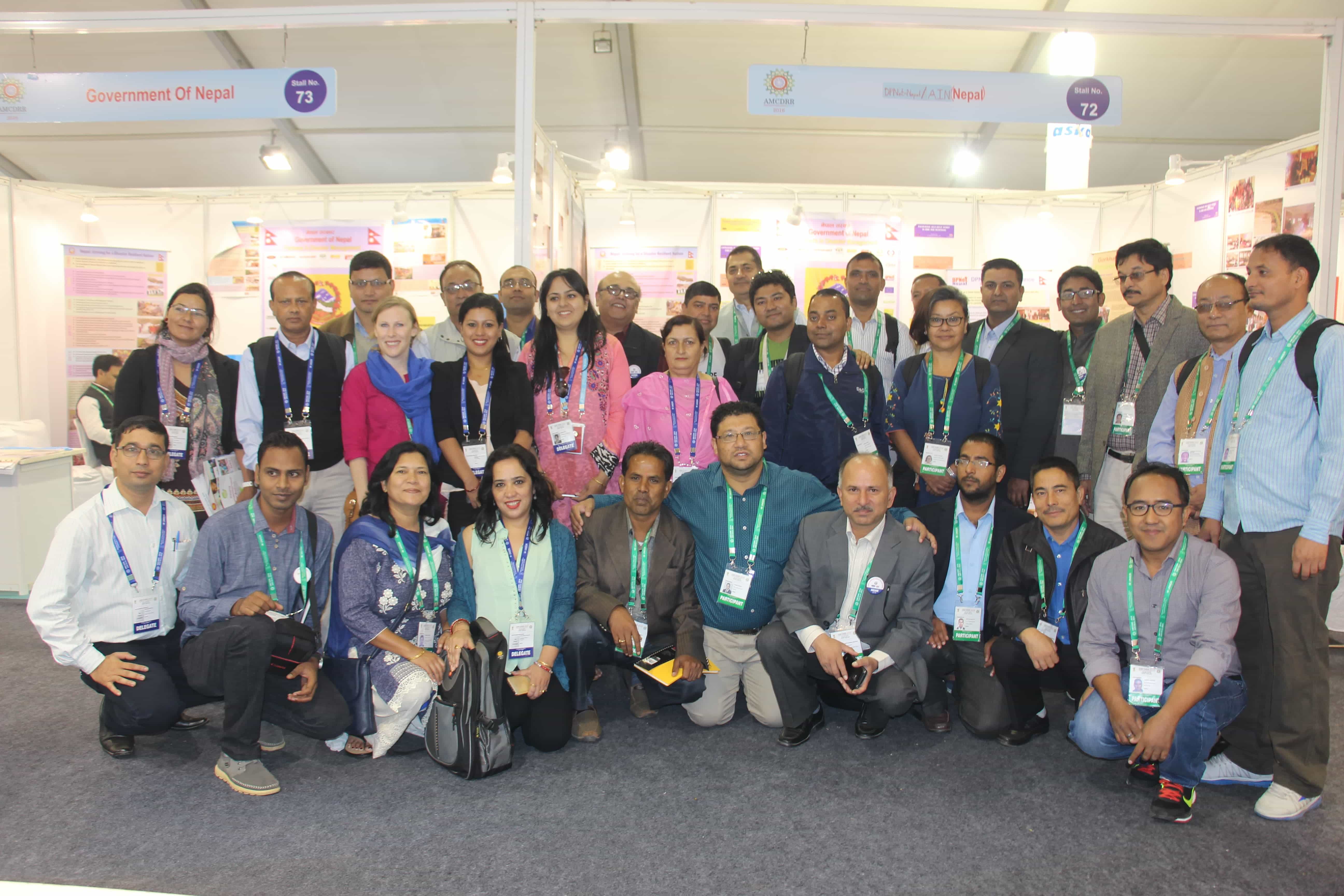Stakeholders embarked on a field visit to Siranchok Rural Municipality in Gorkha District, Nepal
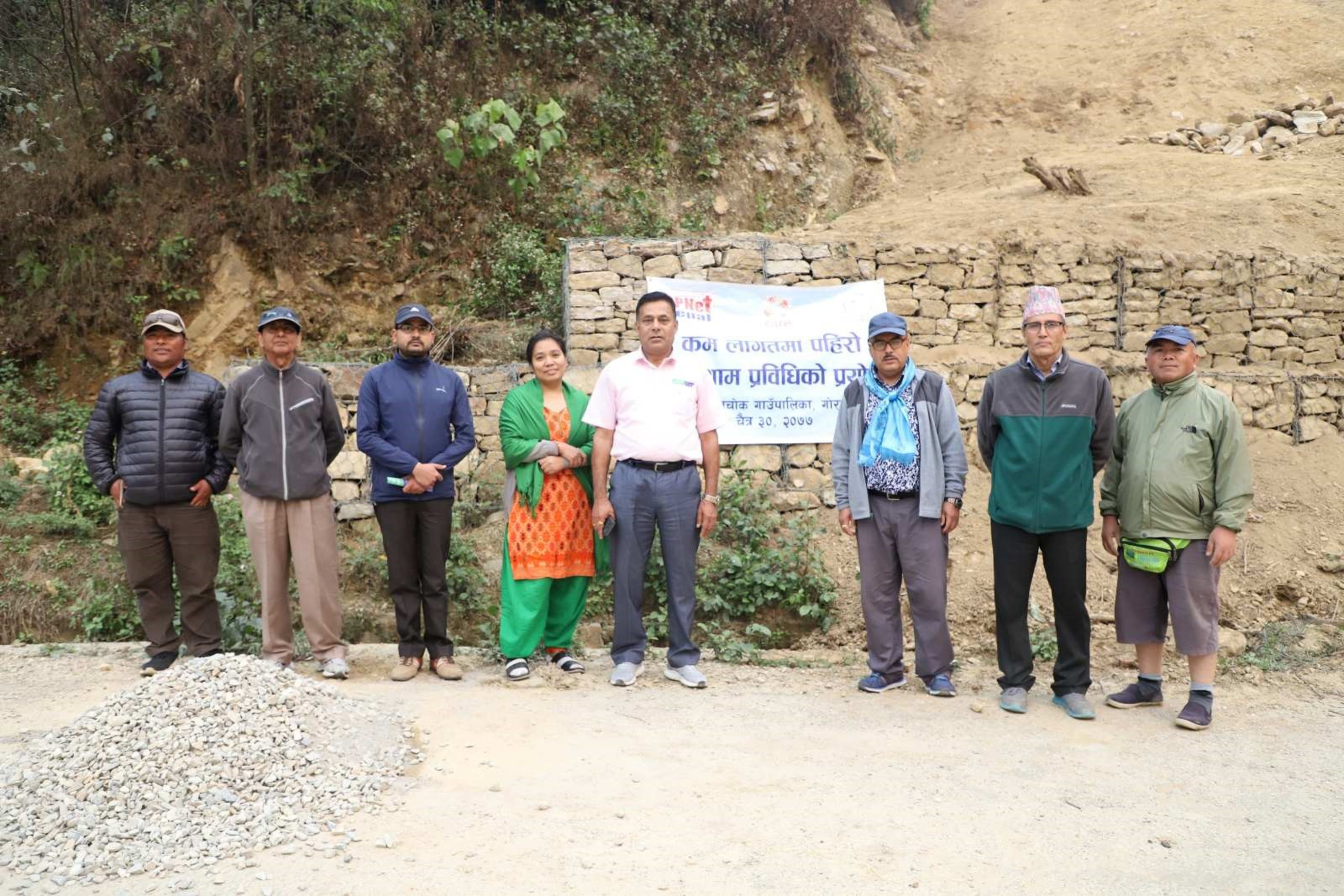
Stakeholders embarked on a field visit to Siranchok Rural Municipality in Gorkha District, Nepal
On April 12, 2021, stakeholders involved in the project titled "Low Cost Landslide Risk Management Measures Piloting at Siranchok Rural Municipality Gorkha," including Disaster Preparedness Network-Nepal (DPNet), Shree Swanra Integrated Community Development Center (SSICDC), and Care Nepal, conducted a field visit. The visit was attended by representatives from DPNet, government officials, Nepal Army, Nepal Police, journalists, Municipal Association of Nepal (MuAN), District Disaster Management Committee, Municipality Disaster Management Committee, National Disaster Risk Reduction & Management Authority (NDRRMA), National Association of Rural Municipalities of Nepal (NORMIN), SSICDC Gorkha, and other relevant stakeholders. The purpose of the visit was to explore the landslide site in Siranchok, Gorkha, and assess the implementation of indigenous knowledge and practices for landslide risk management. Stakeholders observed the site and engaged with the vulnerable communities to address their concerns. Discussions were held among officials at the landslide site regarding the effectiveness and durability of landslide mitigation measures.
The proposed measures for landslide risk management include:
- Clearing debris from the landslide body.
- Trimming the potential fallen mass at the crown of the landslide.
- Installing a diversion drain above the landslide to redirect rainwater away from the site.
- Implementing a surface drain (conversion drain) at the landslide area, accompanied by turfing to prevent surface and gully erosion.
- Constructing a breast wall.
- Building a gabion wall to retain the fallen mass at the toe of the landslide.
- Incorporating weep holes in the gabion wall to alleviate pore water pressure.
A masonry wall, which had already suffered damage from the slide, was reconstructed to resemble its original state. This reconstructed wall serves the purpose of managing both soil pressure and water pressure, the latter being addressed by incorporating weep holes.
During a field visit, several technical concerns regarding the durability and stability of the landslide were addressed by Prof. Dr. Jib Raj Pokhrel, the Team Leader of the project and former Vice Chancellor of NAST, in response to queries from various stakeholders.
